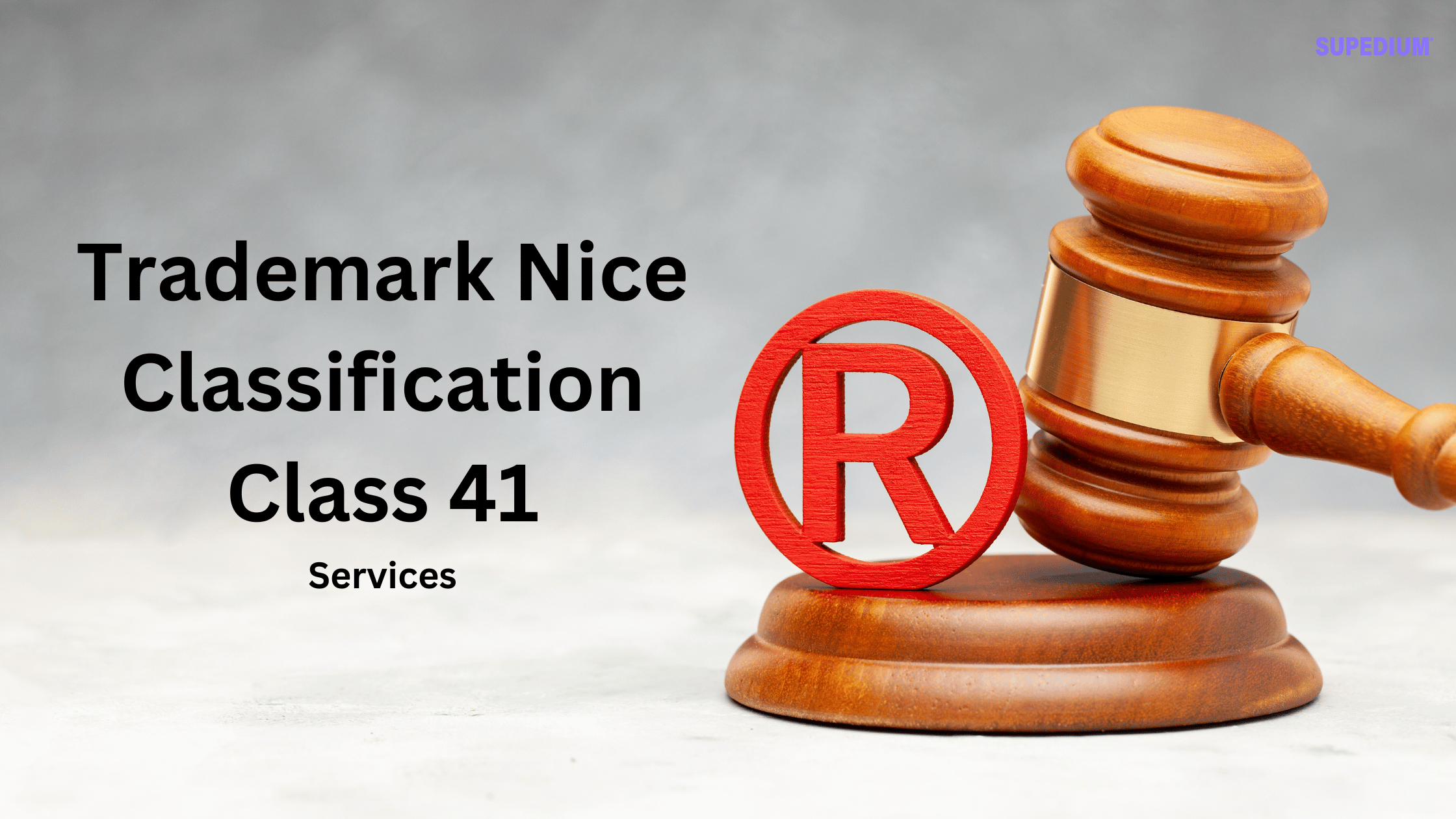Table of Contents
![]()
The Balance of Payments Definition
The balance of payments refers to a statement of all the transactions carried out between the entities in one country and those in the rest of the world over a specific period.
A Little More on What is Balance of Payments (BOP)
The BOP is used to summarize all transactions that the entities in a country complete with those outside the country. The entities could be individuals, companies and government bodies. The BOP is also used to mean the balance of international payments. These transactions are made up of imports and exports of capital, goods and services and even transfer payments such as remittances and foreign aid. What constitutes a company’s international accounts is its BOP together with its net international investment position. The BOP divides transactions into two accounts which are the current account and the capital account. The current account is made up of transactions in goods, services, investment income as well as current transfers. The capital account when broadly defined is made up of transactions in financial instruments and central bank reserves. When defined narrowly, it includes only financial instrument transactions. The current account is used in the calculation of the national output while the capital account is not. When the capital account is defined broadly, the summation of all the recorded transactions in the balance of payments must equal zero. This is because every credit that appears in the current account has a corresponding debit in the capital account. When a country exports a commodity, it obtains foreign capital when the commodity is paid for. A country may turn to reserves if it is not able to fund its imports through exports of capital. Such a situation is known as a balance of payment deficit, and it involves using the capital account’s narrow definition which excludes the central bank reserves. When broadly defined, the balance of payments by definition ads up to zero. There is difficulty in calculating every single transaction between a country and the rest of the world and these leads to statistical discrepancies. Data obtained from the balance of payments and international investment position is essential in the formulation of national and international economic policies. Some issues of these data such as payment imbalances and foreign direct investment are vital and need to be addressed by a country’s policymakers. In order to impact the balance of payments, economic policies are aimed at specific objectives. For example, a country might decide to adopt a strategy designed to attract foreign investment in a particular sector. Eventually, the impact of this policy is captured in the balance of payment data. While the current and capital accounts in a nation’s balance of payment sum to zero, sometimes imbalances appear between the current accounts of different countries. In 2016, the US had the most significant current account deficit at $481.2 billion according to the World Bank. Imbalances like those can give rise to tensions between the countries involved. In order to offset these deficits, the rest of the world is supposed to borrow and spend without equal abandon. International transactions were denominated in gold before the 19th century and this provided little flexibility for the countries experiencing deficits in trade. Stimulating the trade surplus was the only way a nation could strengthen its financial position since growth was low. But because there was no efficient integration of national economies, steep trade imbalances rarely provoked crises. The integration of international economies later increased brought about by the industrial revolution. Countries started to abandon the gold standard and engage in the competitive devaluation of their currencies due to the great depression. However, a system by Bretton Woods, which was in use from world war two until the 1970s, introduced a new gold-convertible dollar with fixed exchange rates to other currencies. The US trade deficit deepened as its money supply increased until it reached a point that the government was unable to fully redeem foreign central bank dollar reserves for gold thus abandoning the system. Since the end of the dollar’s convertibility to gold (Nixon shock), currencies have been floating freely. A country experiencing a trade deficit can therefore artificially depress its currency to make its products more attractive and thus increase its exports. A balance of payment crises can sometimes occur because of the increased mobility of capital across borders. When this happens sharp currency devaluations arise such as those that faced in Southeast Asia in 1998. A surplus or deficit in a balance of payment can be shown in any of its three component accounts which are:
- A current account which covers the export and import of goods and services
- A capital account which covers investment inflows and outflows
- A gold account which covers the gold inflows and outflows.
The accounting of the balance of payments highlights the competitive strengths and weaknesses of a country, and it helps in achieving a balanced economic-growth.
References for Balance of Payment
- http://www.businessdictionary.com/definition/balance-of-payments-BOP.html
- https://www.investopedia.com/terms/b/bop.asp
- https://en.wikipedia.org/wiki/Balance_of_payments
- https://investinganswers.com/financial-dictionary/economics/balance-payments-bop-2116





Be the first to comment